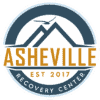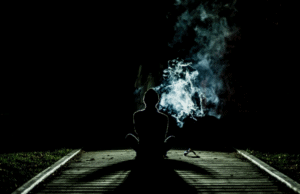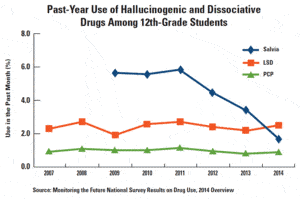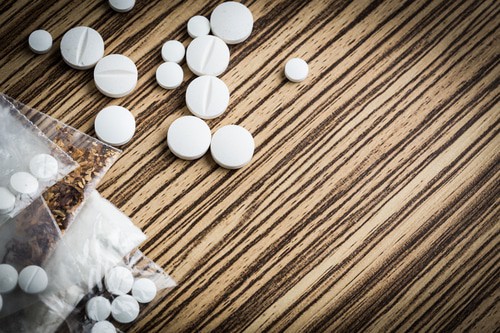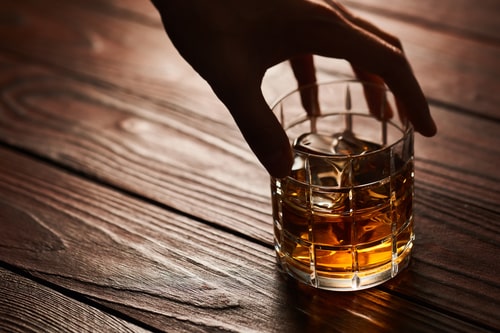History of Salvia
Salvia, also known as salvia divinorum, is a plant native to Mexico which has psychoactive properties when consumed. Although Indigenous Mexican tribes have incorporated the use of the plant in shamanic rituals for hundreds of years, salvia wasn’t studied in the United States until 1939, and It wasn’t until 1982 that its psychoactive components were discovered. Throughout recent decades, salvia has lost its public status as a religious substance and has become popular based solely on its hallucinogenic qualities. According to a study done by Lake Forest College, salvia is one of the most up and coming drugs in the United States. From 2006-2009, the prevalence of salvia being used nationally had increased, suggesting a need to monitor the trend.
The Salvia High
When smoked, the high occurs within 30 minutes lasts for 15-20 minutes. When taken orally, a high occurs after 1 hour and lasts for up to two hours. Side effects of a salvia high include:
Visual and auditory hallucinations
Altered sense of space and time
Feeling “out of body”
Slurred speech
Uncontrollable laughter
Anxiety
Intense fear
Side Effects of Prolonged Salvia Use
Long-term salvia abuse can cause lasting effects and irreversible damage. Such side effects include:
Memory impairment
Paranoia
Cardiovascular distress
Chronic Anxiety
Psychosis
Salvia Use in the United States
According to a study done by the National Center for Biotechnology Information, salvia use is most common among young adults aged 18–25 years as well as individuals who had engaged in risk-taking behaviors. The graph below shows that salvia was the most widely used hallucinogen among 12th graders in the U.S. but the last decade shows a decline. Although usage has declined, salvia is still ranked among LSD and PCP as one of the most popular hallucinogenic drugs among the youth.
Salvia Addiction Treatment
Salvia is highly addictive and life-threatening when abused; therefore, it is extremely important to seek help immediately if you or a loved one is struggling with this addiction. At Asheville Recovery Center, treatment specialists utilize a 12-step program and practice holistic rehabilitation.
Services at the center include:
Partial Hospitalization Program – At Asheville Recovery Center we offer a partial hospitalization program for clients who need post-residential treatment as well as for clients who need primary treatment but are unable to enroll in inpatient programs. Our PHP track offers a variety of therapeutic services and benefits to individuals in early recovery from substance addiction. Our day program is full-time, offering all of the clinical hours provided in residential treatment (from 9 am to 5 pm) with the benefit of allowing clients to return home to a structured sober living environment at night. This gives individuals the opportunity to build a community of peers and practice life skills, such as cooking, cleaning, and self-care, while still participating in immersive and intensive clinical addiction and trauma treatment.
Outpatient Rehabilitation – During intensive outpatient treatment, clients live at home or in a sober living residence which can help keep them accountable for their recovery commitment. Our staff coordinates with local, reputable sober living homes to ensure that our clients are living in a safe place and that their needs are being met, even when they are not at clinical sessions. During this time, clients are also encouraged to become involved in local twelve-step fellowships, to find sponsors, and to begin working the steps of recovery through participation in these groups. IOP is a place where clients can process their experiences in twelve-step fellowships and support one another in those individual journeys.
Addiction is difficult to overcome alone. If you feel that you or a loved one is struggling with salvia abuse, our specialists are on standby and ready to help. Call (828)383-0784 and speak with an addiction expert today.
